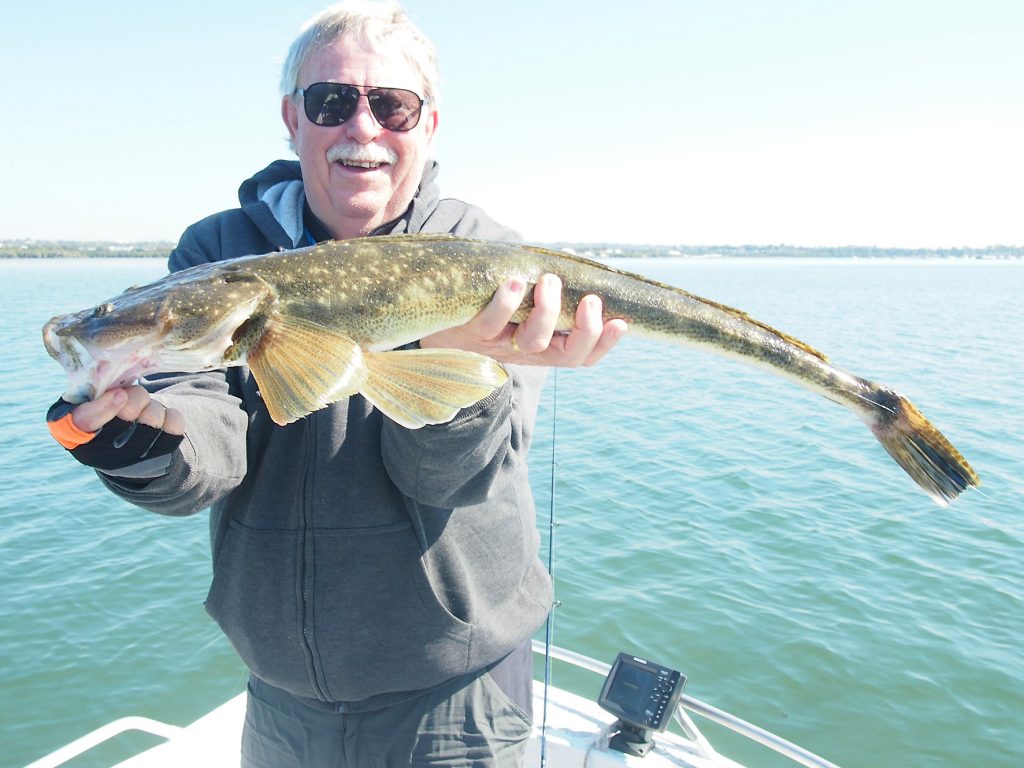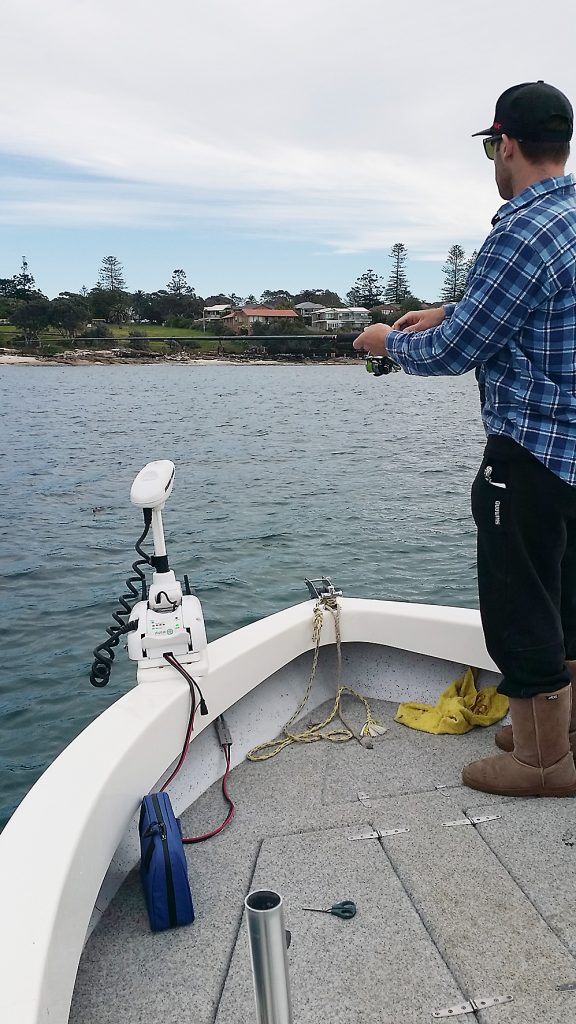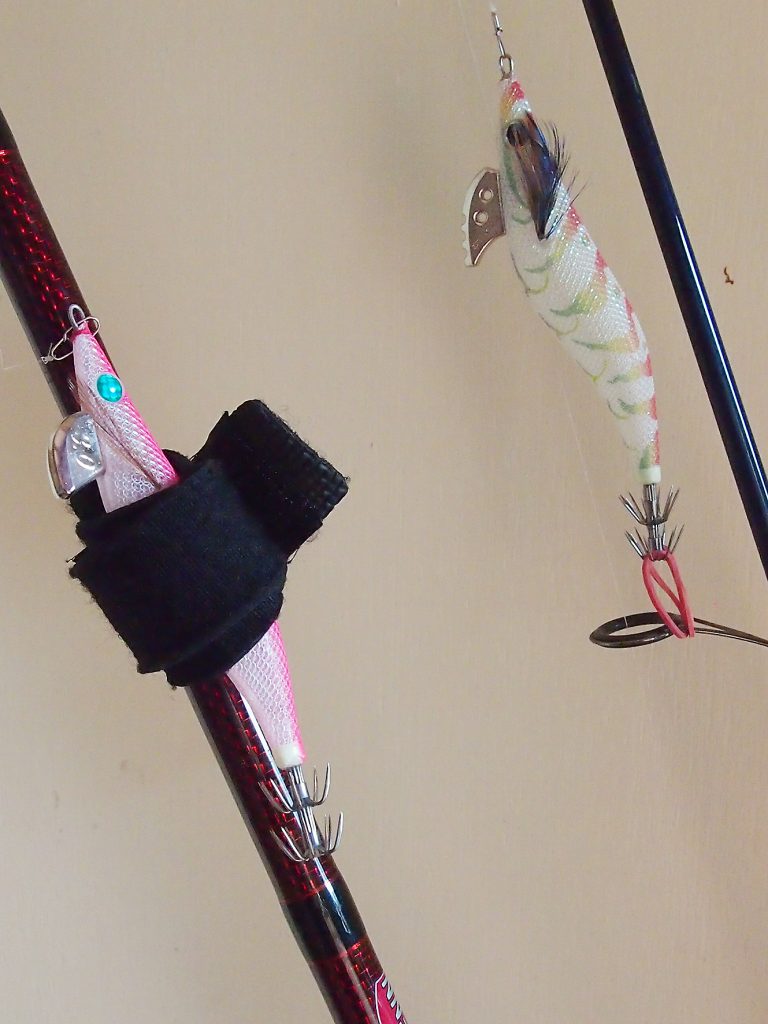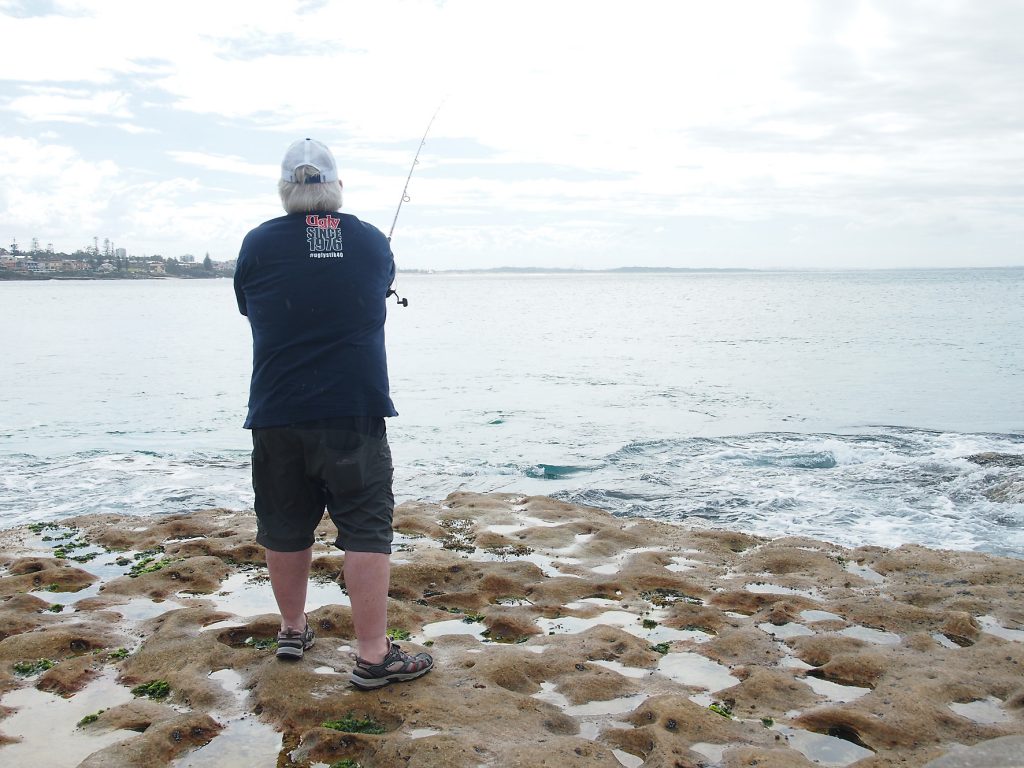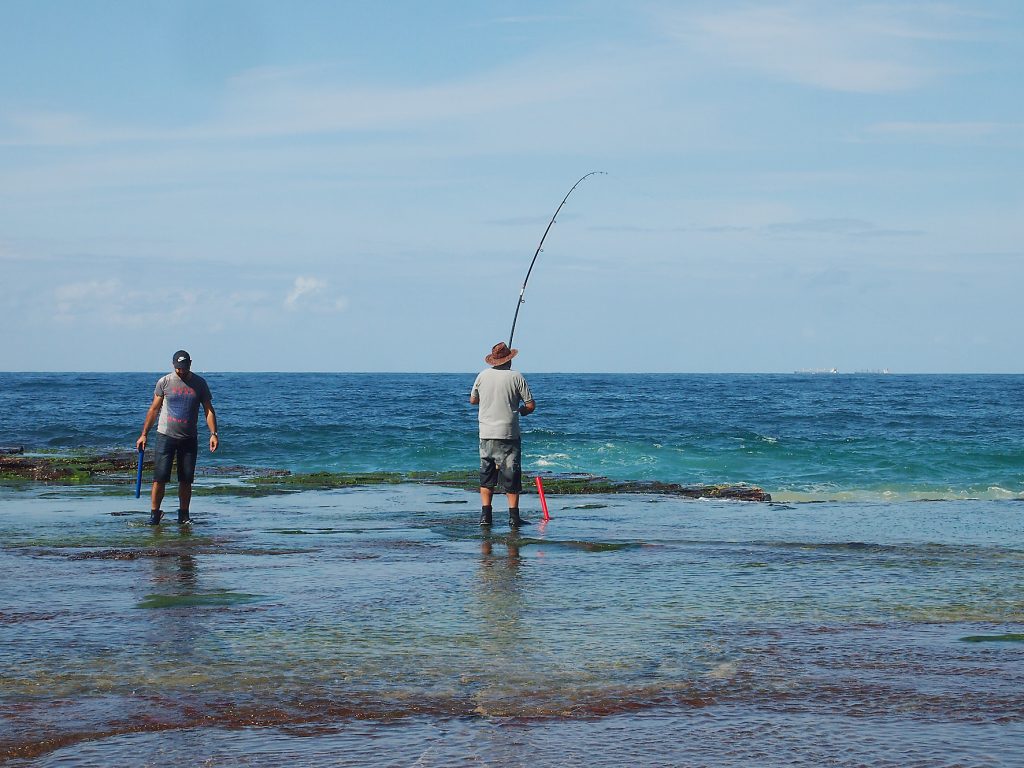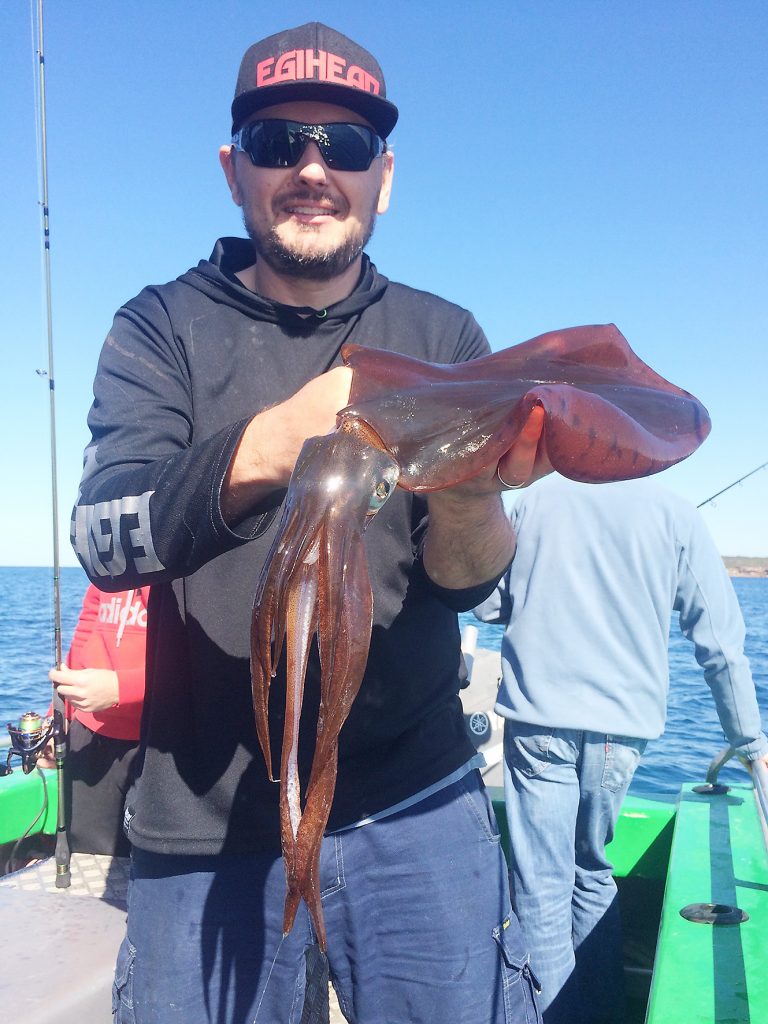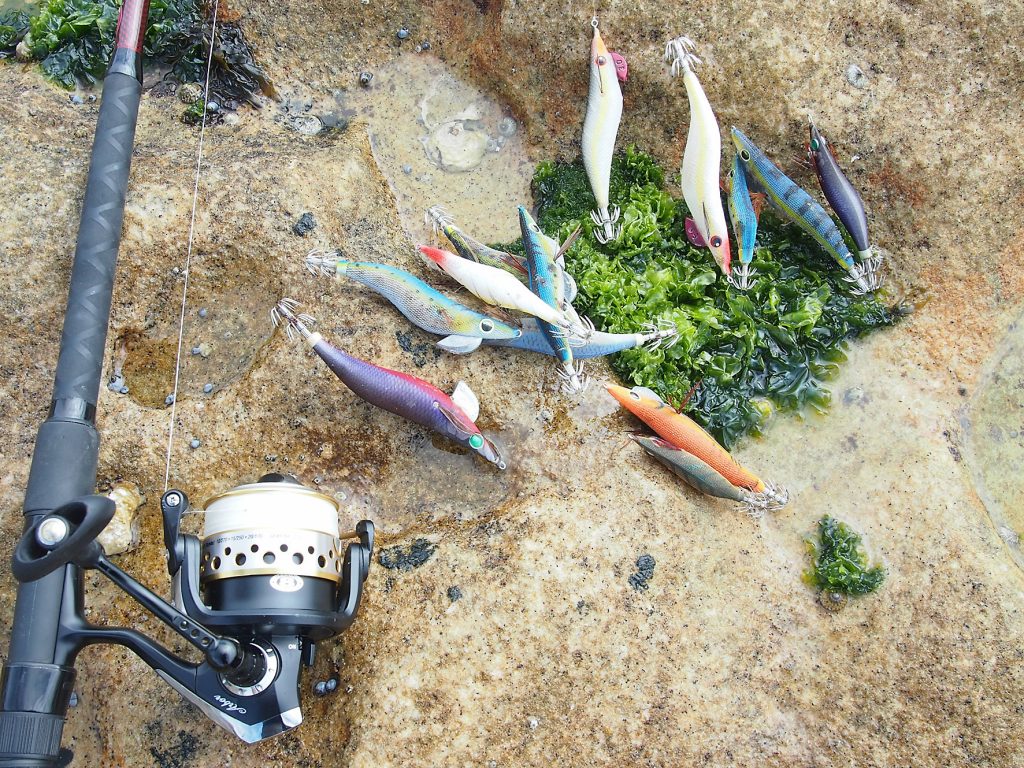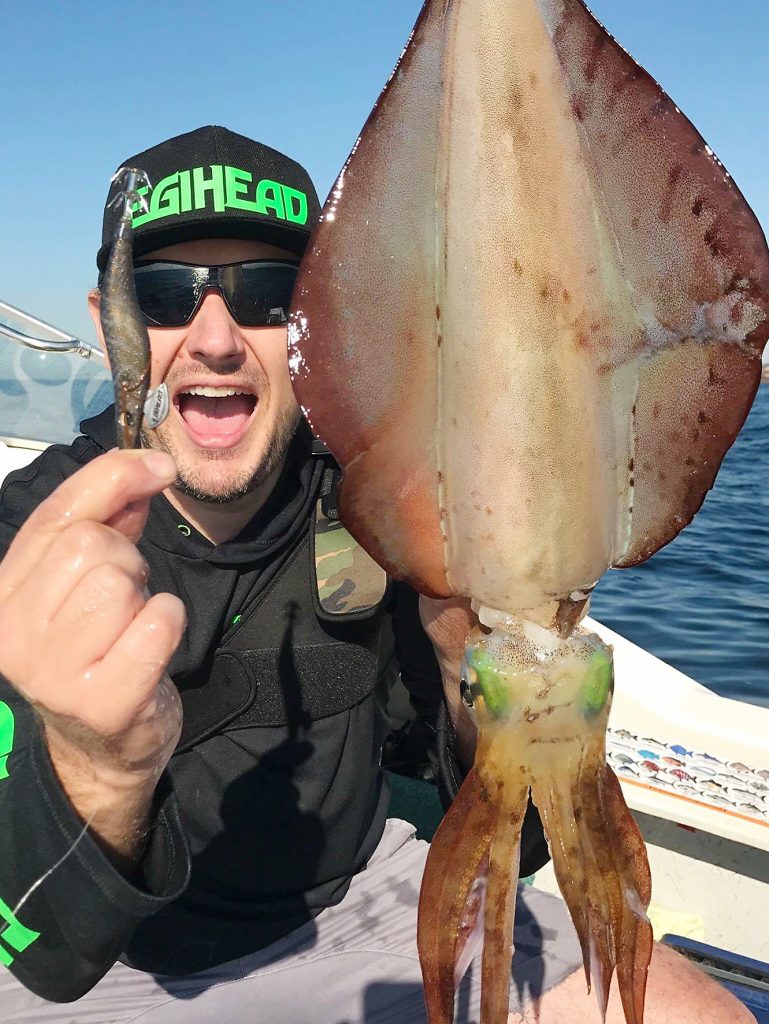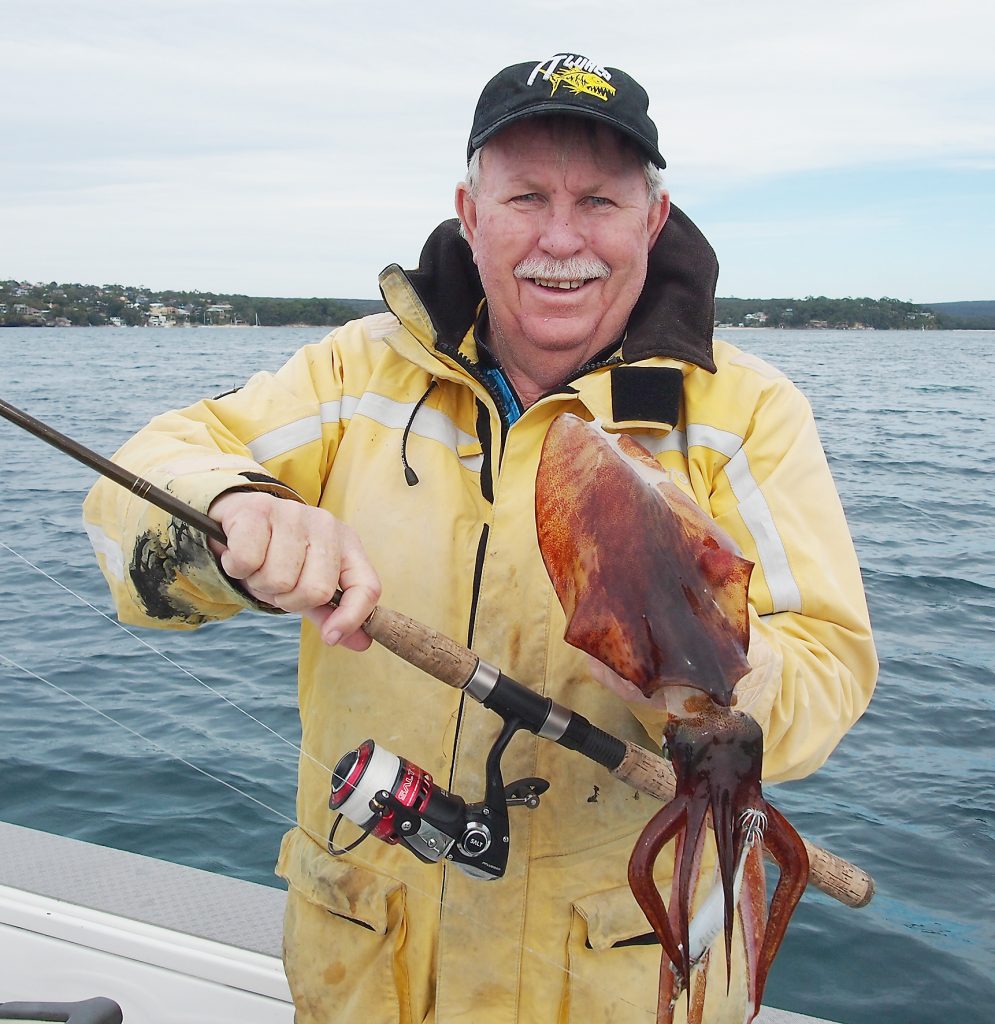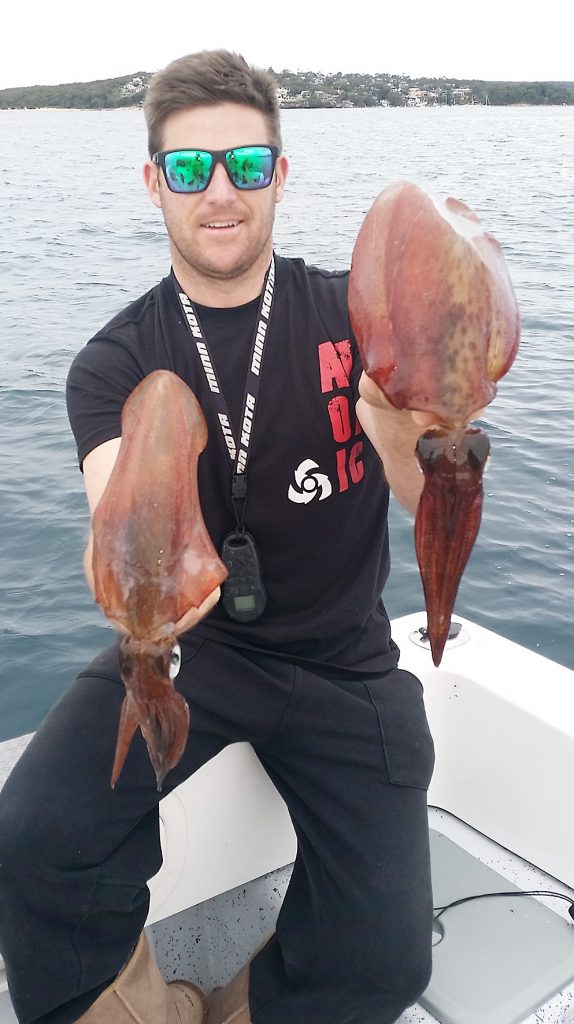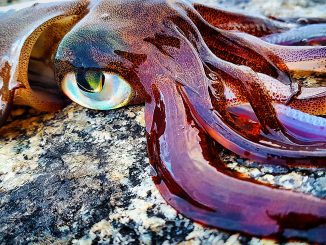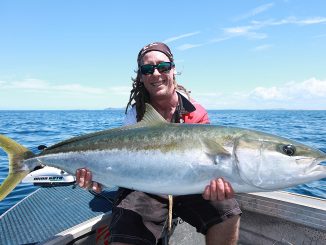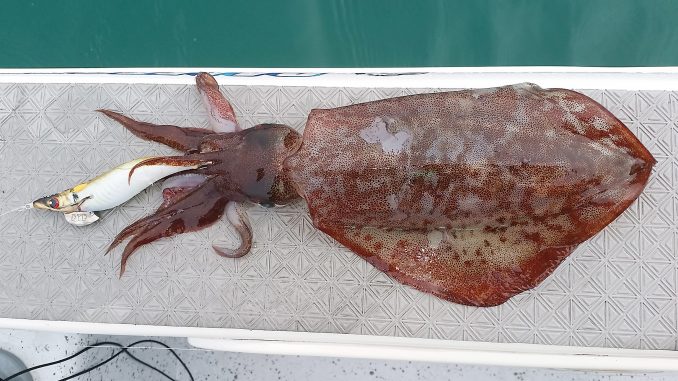
by Gary Brown •
Around June last year I put together an article for NSWFM about squid. In the article I covered locations, rigs, techniques, types of gear to use, how to kill and store them, and how to cook them. So much has changed since then.
Do you know that squid that you caught and released 12 months ago are probably not alive now? Sure, many of us anglers will keep the squid that we catch for either bait or eating, but a lot get released so that they can breed plenty more little squid.
On the east coast of Australia there are a number of different types of squid, some of which are the arrow squid that can grow in excess of 1.6kg, live in estuaries and offshore to depths of 500m and only live for about 12 months.
Then you have the southern or northern calamari that can grow to over 2.5kg, live in the estuaries, shallow reefs and to depths of about 100m and live 12-18 months before they die. During their life cycle, squid can reproduce a number of times. Sometimes it can be once a month.
What has changed in the art of squid fishing over the past 12 months is the types of rods, line, additives and squid jigs that you can now purchase. So, to help you out I will compile a small list of equipment that is currently on the market for you to have a look at.
When fishing out of the boat in the estuaries, I prefer to use a 2.1m rod with either straight-through 6kg fluorocarbon (when very windy) or 4kg braid with a 2-3m fluorocarbon leader (when it’s not very windy).
Off the rocks I prefer to use a 3.25m rod mounted with a large arbor reel. This, along with the 6kg braid, will allow me to cast out around 40m from the shore.
While fishing offshore I use a 3-6kg rod mounted with a medium size spin reel spooled with 6kg braid and a 10kg leader.
When it comes to what type of line to use when targeting squid, you could use either mono or gelspun line. I prefer gelspun because it is thinner, has more feel, enables you to fish much deeper and it gives you a lot more distance when casting.
Only after I have tried a number of different sizes, colours and techniques will I apply any scent to the jig. Then I mainly use garlic, aniseed and pilchard scents.
Where to find squid
As anglers we are always learning something new when we go out fishing. A number of years ago I came across a husband and wife drifting along one of the main channels in a local waterway. That particular channel can be extremely clear and has a very white sandy bottom. There are no rocks, weed beds or kelp. There is just sand and a slight change in the undulations of the bottom.
They were both chasing squid with handlines. I was quite amazed at how easy they made it look. It was just a matter of casting out the squid jig. They let it sink to the bottom sometimes and then gave the line a tweak. All of this was happening while drifting over a sandy bottom.
Squid can also be found over kelp, ribbon weed, rock bars, oyster racks, rocky headlands, shallow and very deep offshore reefs, in clear and dirty water, cockle beds and in gutters that run parallel to rocky headlands. In other words – just about anywhere in the saltwater.
Whether you are fishing from the shore or out of a boat, you need to be prepared to move about a bit if you don’t find them at first.
When I go squidding from the shore in the Port Hacking River I will start at Salmon Haul Bay working my way to Gunnamatta Bay, Water Street Boat Ramp, Wallys Wharf in Dolans Bay and the Gymea Bay swimming pool. If that fails to produce a squid or two, I travel into the Royal National Park and try Warumbul, Costens Point, Bonnie Vale, Bundeena Wharf and finally Jibbon Point. It would be much easier in a boat, but not everyone has one.
Suss out the places that you can go squidding in your area and put a plan together. I am sure that over time you will work out where they are. It just takes a bit of time and effort to get a few squid on the plate.
Squidding techniques
There are so many different ways to catch squid and for me it’s a matter of trial and error to find out which one works at the time.
It may be casting the jig out and allowing it to sink almost to the bottom and then slowly winding it back to the shore. It may be tying on a squid jig to the position where the hook would go on a paternoster rig and suspending it up off the bottom while in a rod holder, letting the movement of the boat do the work for you.
Or what about the slow lift and drop technique, where you are bouncing the jig just off the top of the weed bed? Have you ever thought about suspending a squid jig under a bobby cork and casting it out and then letting the motion of the waves or passing boats do the job for you?
When fishing in deep water (say up to 30m), try putting a ball sinker onto the jig so that it gets it down quicker while drifting. Just remember to use a heavier leader in case you have to pull it out of the weed or kelp. And who can forget about just casting the jig out over the sand and slowly hopping it back to you?
Lastly, you could try a quick ripping motion once it is near the bottom. Make sure you pause for a few seconds between each rip.
Now the question will be, ‘what is the best technique to catch squid?’ The answer will be the one that catches them on the day. The technique you use today may not work tomorrow. The same goes for the size, weight and colour of the squid jig.
I don’t fish a lot at night, but when it comes to targeting squid off the shore I will usually look for areas that have nearby lights that shine on the water’s surface. Have you ever thought of putting a glow stick on the line above the squid jig? You could even try this when squidding in deep water.
When it comes to what colours and sizes, that will depend on what you like. I have 1.5, 2.0, 2.5, 3.0 and 3.5 in about ten different colours. It’s just a matter of trying different ones.
Now that you have figured out how to catch a few squid, what do you do next? You could use it as a whole live or dead bait, or cut the body into strips or pieces and use that as bait. Or you could just cook and eat it.
If you’re going to eat or use the squid as dead bait, you need to kill it quickly and correctly. The best way that I have found is to use a squid spike, stab the squid in the brain and twist. You will know that you have done it correctly as the whole squid will instantly go white.
Not only do I love catching squid, I love using them as bait and eating them. I use a knife and cut the squid from the head to the tail. Pull out the head and guts (freeze this in an air tight bag) and then clean the body. Then I will cut the body into strips and soak the strips in milk for a few minutes to help tenderise it.
From here it’s just a matter of deciding what recipe you are going to use.
POPULAR SQUID JIGS
Brand Name Sizes
Egihead Pro range 3.0
EJtodd Yamashita 1.5-3.5
Shimano Sephia Egixile Rattle 2.2
Shimano Sephia Egixile 2.5-3.5
Daiwa Emeraldas Stream Rattle 3.0
Daiwa Emeraldas Nude 1.8-3.5
Megabass Caiyen Egi 2.9-3.5
Great Squid Recipes Online
Channel URL
The Hook and The Cook youtu.be/FI-imsGmlSg
Jamie Oliver youtu.be/dnSOiTlEkYU
Devilishly Delicious Food youtu.be/qfYDTn2_O5I


